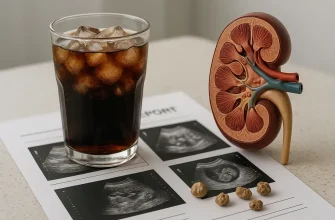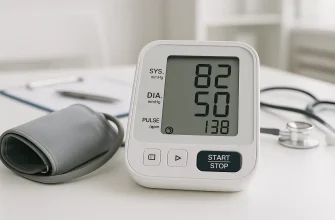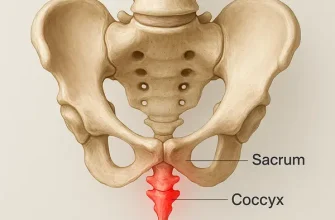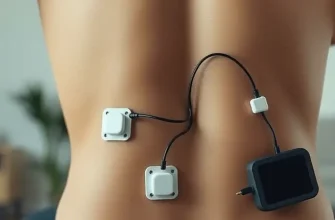The first stage of giving birth, known as early labor, involves a range of indications and symptoms that indicate the start of labor.
The 10 Signs of Early Labor
Recognizing these signs can assist pregnant women in determining when their labor is commencing. Here are the ten indications of early labor:
- Lightening: This is talking about the baby descending deeper into the pelvis, which leads to improved breathing for the mother but also causes increased frequency of urination because of the pressure on the bladder.
- Cervical Changes: During a pelvic exam, a healthcare provider can identify the softening, thinning (effacement), and dilatation of the cervix.
- Increased Back Pain: Individuals may encounter ongoing discomfort in their lower back, frequently accompanied by feelings of weightiness or throbbing.
- Contractions: Irregular, slight muscle contractions that can be sensed as a sensation of the uterus tightening or experiencing cramps. In contrast to Braxton Hicks contractions, these contractions progressively establish a consistent pattern and intensify in strength and occurrence.
- Nesting Instinct: An abrupt inclination to tidy or arrange the house, frequently motivated by a natural need to get ready for the arrival of a new baby.
- Vaginal Discharge or ‘Bloody Show’: An increase in vaginal discharge that may be clear, pink, or slightly bloody can occur when the mucus plug that blocks the cervical opening during pregnancy loosens.
- Rupture of Membranes (Water Breaking): This can be a dramatic gush of fluid or a steady trickle that signifies the amniotic sac has ruptured. Once this occurs, labor usually follows within hours.
- Diarrhea: Hormonal shifts and the baby moving lower in the pelvis can result in loose stools.
- Weight Loss: It’s common to experience a slight weight loss (1-3 pounds) as fluid levels decrease and energy reserves are redirected towards labor.
- Increased Energy: Often referred to as a burst of energy, some women feel more energetic as labor approaches, despite an increase in physical discomfort.
Understanding Early Labor
It’s important to note that these signs can vary from woman to woman and may not all be experienced in the same way. If you’re pregnant and suspect you’re entering early labor, especially if it’s prior to 37 weeks of pregnancy, contact your healthcare provider to discuss your symptoms and the next steps.
The importance of preparing for early labor
For women who are full-term, preparing a hospital bag and making travel arrangements to the chosen birthing facility should be considered as labor approaches. Familiarize yourself with the signs above, listen to your body, and don’t hesitate to reach out for medical advice when in doubt. Early labor is the body’s natural way of signaling that the incredible journey of childbirth is about to begin.
FAQ about Early Labor
Q: How dangerous is early labor?
A: Early labor, also known as premature labor or preterm labor, can be dangerous for both the mother and the baby. It can lead to complications such as premature birth, low birth weight, respiratory distress syndrome, and other health issues.
Q: How often does early labor happen?
A: Early labor happens in about 10% of all pregnancies, but it can be more common in women who have had a previous preterm birth, cervical or uterine abnormalities, infections, or multiple pregnancies.
Q: Will stretching, being able to do twine, help me in labor?
A: While stretching and being in good physical shape can help improve overall health during pregnancy, there is no guarantee that it will help with labor. Each labor and birth experience is unique to the individual. However, staying active and maintaining a healthy lifestyle can aid in a smoother labor process.
Q: Can my baby have problems in early labor?
A: Early labor can lead to a range of problems for the baby, including developmental issues, respiratory distress, infection, and low birth weight. It is crucial to seek medical attention if you suspect early labor to minimize the risk of complications.
Q: Who is the first person to tell when labor begins?
A: In most cases, the first person to notice labor beginning is the mother. However, it is always important to seek medical attention to confirm if it is indeed labor and to ensure both mother and baby’s safety.
Q: Is early labor hereditary or not?
A: While there may be some genetic predisposition to early labor, it is not entirely hereditary. A variety of factors can lead to early labor, including previous preterm births, cervical and uterine abnormalities, infections, smoking and substance use during pregnancy, and multiple pregnancies.









